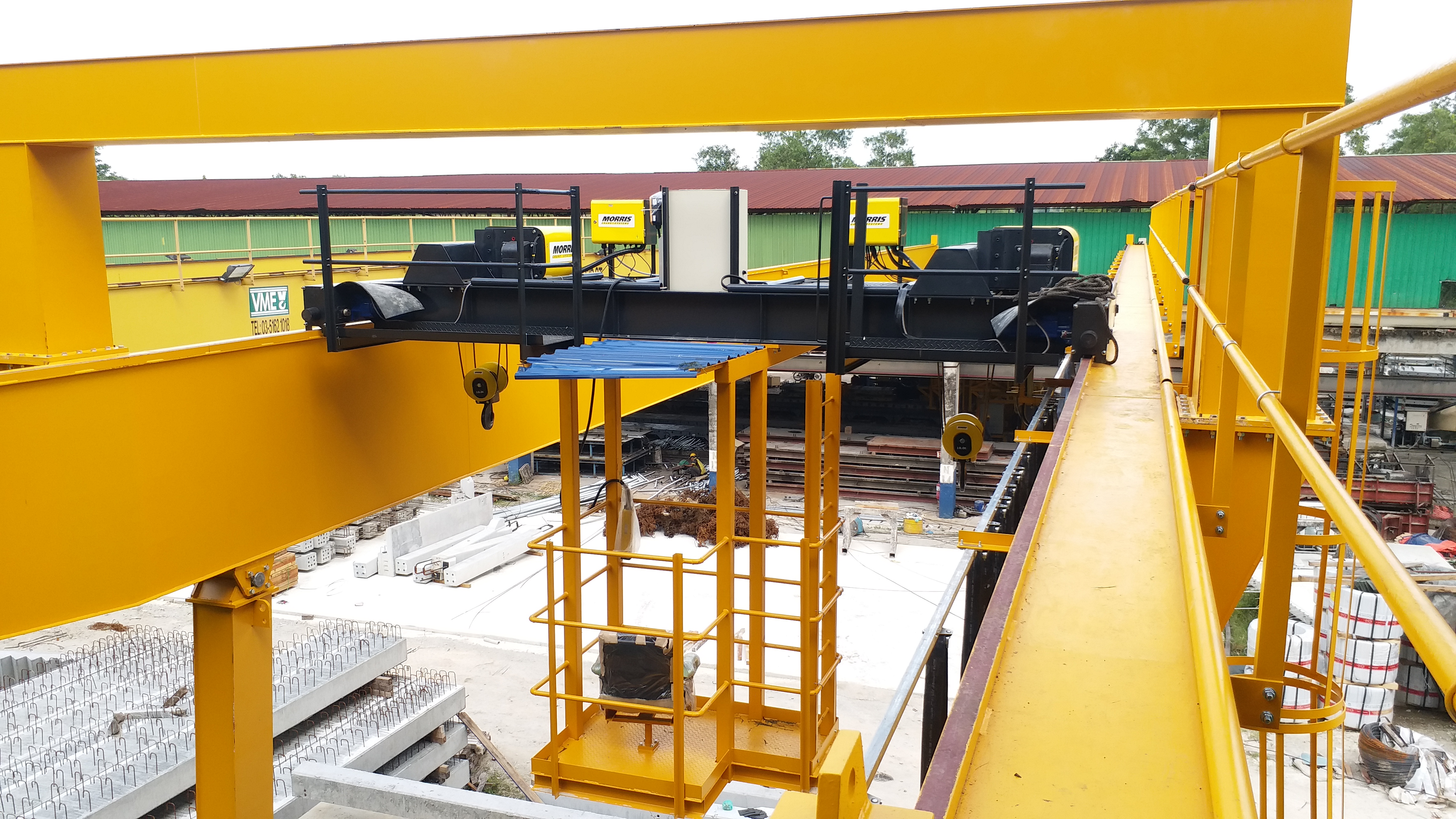
As someone who’s worked with manufacturers, contractors, and logistics companies across Malaysia, I’ve seen how easily things can go wrong when we misunderstand crane load capacities. A common mistake? Assuming a crane can handle “just a bit more” than what the rating says. And trust me—that’s a risk not worth taking.
In this post, I’ll break down the key concepts of load capacities and safety ratings in crane equipment, explain how to read crane load charts, and share the safety rules I recommend to every client who’s serious about compliance and workplace protection.
What Does “Load Capacity” Actually Mean?
Load capacity refers to the maximum weight a crane or hoist is designed to lift safely under normal operating conditions. It’s not a suggestion—it’s a hard limit set by engineering standards and verified through testing.
Overloading isn’t just about equipment damage. It can lead to:
-
Structural failure
-
Crane tipping or collapse
-
Serious injuries—or worse
Where to Find Your Crane’s Load Rating
Every crane, whether it’s a gantry crane, jib crane, or overhead system, comes with a clearly marked load rating plate. This typically includes:
-
Maximum rated capacity (in kg or tons)
-
Manufacturer
-
Model and serial number
-
Date of manufacture
-
Compliance with safety standards (like ASME, ISO, or DOSH in Malaysia)
📌 I always tell my clients: if this plate is missing or unreadable, stop using the equipment until it’s verified.
Safety Ratings and Working Load Limits (WLL)
One term that gets thrown around a lot is Working Load Limit (WLL). This is the maximum weight a lifting component (like a chain, hook, or sling) can handle under normal conditions, and it’s always lower than the Minimum Breaking Load (MBL).
Here’s a quick cheat sheet:
| Term | Meaning |
|---|---|
| WLL | Safe everyday lifting capacity |
| MBL | Point at which equipment breaks (NOT to be tested) |
| SF (Safety Factor) | Ratio of MBL to WLL (typically 4:1 or 5:1) |
How to Read a Crane Load Chart
Crane load charts aren’t just for engineers—they’re for operators, too. Here’s what I usually highlight when training teams:
-
Rated Capacity vs. Radius: Load capacity decreases as the lifting distance from the center of the crane increases.
-
Boom Angle: A lower angle often means lower capacity.
-
Configuration Adjustments: Outriggers, counterweights, and boom extensions all affect load limits.
Factors That Can Reduce Actual Capacity
Even if your crane is rated for 1,000 kg, that doesn’t always mean it can lift 1,000 kg safely. Here’s why:
-
Wind load or environmental conditions
-
Uneven flooring or unlevel setup
-
Incorrect rigging or sling angles
-
Fatigue in structural components
How Malaysia’s DOSH Regulations Apply
DOSH (Department of Occupational Safety and Health) mandates specific compliance for lifting machinery, especially for overhead and mobile cranes.
Your responsibilities include:
-
Registering crane equipment with DOSH
-
Performing certified inspections
-
Keeping accurate maintenance and usage logs
-
Using equipment within certified load limits
Disclaimer Statement
We hope you found this article informative. Our content is intended for general informational purposes only and does not constitute advice or necessarily reflect the full range of services offered by Power Tiek Sdn Bhd
Readers are advised to consult with a qualified industry professional and contact our experts for crane recommendations specific to their individual project needs. While we strive for accuracy and completeness in our blog posts, we cannot guarantee they are error-free. Power Tiek Sdn Bhd assumes no responsibility for any errors or omissions.

